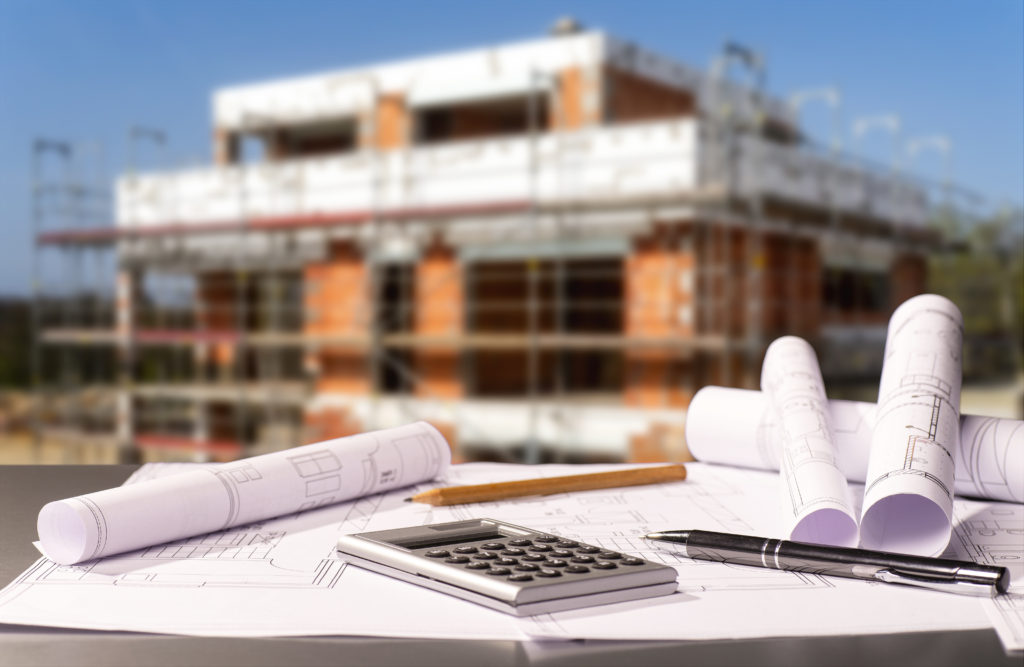May 08, 2019
 Attracting significant investment to a region requires the right mix of workforce, location, a business-friendly environment, and incentives. Opportunity zones, created by the 2017 Tax Cuts and Jobs Act, are one way the federal government is creating incentives for the private sector to invest in geographic areas that are currently struggling economically, yet show great promise for the future.
Attracting significant investment to a region requires the right mix of workforce, location, a business-friendly environment, and incentives. Opportunity zones, created by the 2017 Tax Cuts and Jobs Act, are one way the federal government is creating incentives for the private sector to invest in geographic areas that are currently struggling economically, yet show great promise for the future.
“Opportunity zones are an exciting new tool for investors,” says Marco Salomone, Interim Executive Director of the Detroit Region Aerotropolis Development Corporation. “These zones can help investors target projects in areas that will yield a higher return on their investment and have a positive impact on the community. It’s a win-win.”
Opportunity zones are a relatively new concept, and there are still some unknowns about exactly how they will work from a tax perspective. But investors who wait too long may miss out on the chance to reap the full benefits. Many investment experts warn that in order to maximize the tax benefits, investors should jump on opportunity zones before the end of 2019.
There are opportunity zones in all 50 states, the District of Columbia, and five U.S. territories. The main purpose of these zones is to provide incentives, in the form of capital gains tax relief, for those who choose to invest in communities that have not had access to capital investment and have experienced a decline in business growth.
The zones are defined based on census tracts. There are two types of opportunity zones:
- Low-income communities include any population census tract where the poverty rate is at least 20 percent.
- Contiguous communities are areas that border a low-income community and have an average income of less than 125 percent of the neighboring low-income community.
Governors from each state nominated the areas to be designated as opportunity zones, which then had to be approved by the federal government.
Where are the Opportunity Zones in Michigan?
Michigan has 288 designated opportunity zones, including 283 low income communities and 5 contiguous communities. Approximately three-fourths of Michigan’s opportunity zones are located in urban areas. There are 70 opportunity zones located within the city of Detroit.
“Many people think of downtown Detroit when they think of opportunity zones,” explains Salomone. “But it is important to recognize that opportunity zones can also be highly effective tools to stimulate commercial and industrial development in suburban areas, such as the Aerotropolis region.”
Here are some key facts about Michigan’s opportunity zones:
- The median household income in the designated opportunity zones is $32,184, compared with the statewide average of $52,515.
- The poverty rate among people living in opportunity zones is 31.5 percent, which is significantly higher than the statewide poverty rate of 18.3 percent.
- The unemployment rate in designated opportunity zones is 14.7 percent, while the statewide unemployment rate is 9.9 percent.
- Among those age 25 or older, 49.3 percent of people living in an opportunity zone have a high school diploma or less, compared with 41.2 percent statewide. And only 18 percent have a college diploma, compared with 25.9 percent statewide.
Opportunity zones can create jobs and increase the earning potential for people living in these areas. With high unemployment rates and low education rates, the hope is that there will be job opportunities across the entire spectrum of skilled and unskilled workers.

Why Invest in an Opportunity Zone?
Any taxpayer with significant capital gains income for the tax year can choose to reinvest that income into an opportunity zone to defer, or even avoid, paying capital gains tax. Investors must set up an opportunity fund to qualify for the tax incentives, or they can invest in an existing opportunity fund. The fund can be any size, and it can support one project or multiple projects. Opportunity funds can target a single city, or they can target a state, or even a multi-state region.
“Anyone can start an opportunity fund for any amount,” explains Salomone. “If you are a local property owner, you can create an opportunity fund to build on your vacant property, or even start a business. If you are a national investor, you can create a new opportunity fund or contribute to an established fund in the region. There are infinite possibilities.”
The tax incentives are structured to reward long-term investments of at least ten years. The State of Michigan has created a website that explains how the incentives work in simple terms. There are three different types of incentives:
- Temporary Deferral: A temporary deferral of inclusion in taxable income for capital gains reinvested into an opportunity fund.
- Step-Up in Basis: For capital gains reinvested in an opportunity fund, the basis is increased by 10 percent if the investment is held for at least five years, and by an additional 5 percent if held for at least seven years, thereby excluding up to 15 percent of the original gain from taxation.
- Permanent Exclusion: If the investment is held for at least 10 years, the investor receives a permanent exclusion from taxable income of capital gains from the sale or exchange of that investment.
Opportunity funds can be used to start a new business or invest in new commercial or residential real estate or infrastructure. They can also be used to invest in existing businesses, under some circumstances. There are limits on what types of business ventures can be supported with an opportunity fund. For example, the funds cannot be used for golf courses, liquor stores, or gambling facilities.

How Will Opportunity Zones Impact the Aerotropolis?
The Detroit Aerotropolis region is home to five opportunity zones. There are two zones located around Detroit Metropolitan Airport, one zone located near Willow Run airport in Van Buren Charter Township, and two additional zones in Taylor.
While the Aerotropolis is primarily focused on industrial development, the opportunity zones present options for complimentary development projects. As more businesses locate in the region, there will be a need for more residential and retail development, as well as entertainment options for people living and working in the surrounding areas.
“It’s all about community building,” says Salomone. “Opportunity zones are one more way to bring attention to the region and encourage investors to be a part of the amazing economic growth that is taking place here.”
The Aerotropolis has a variety of investment properties available in the opportunity zones, including both vacant lots and existing facilities. Our website is always up to date with the latest listings for developers and investors to consider.



